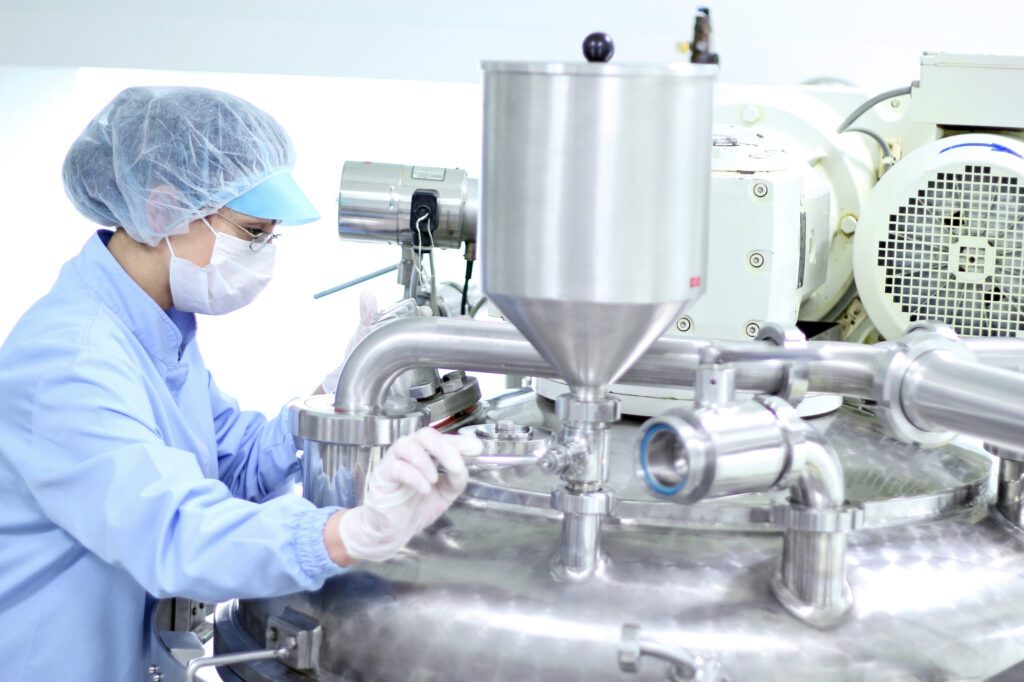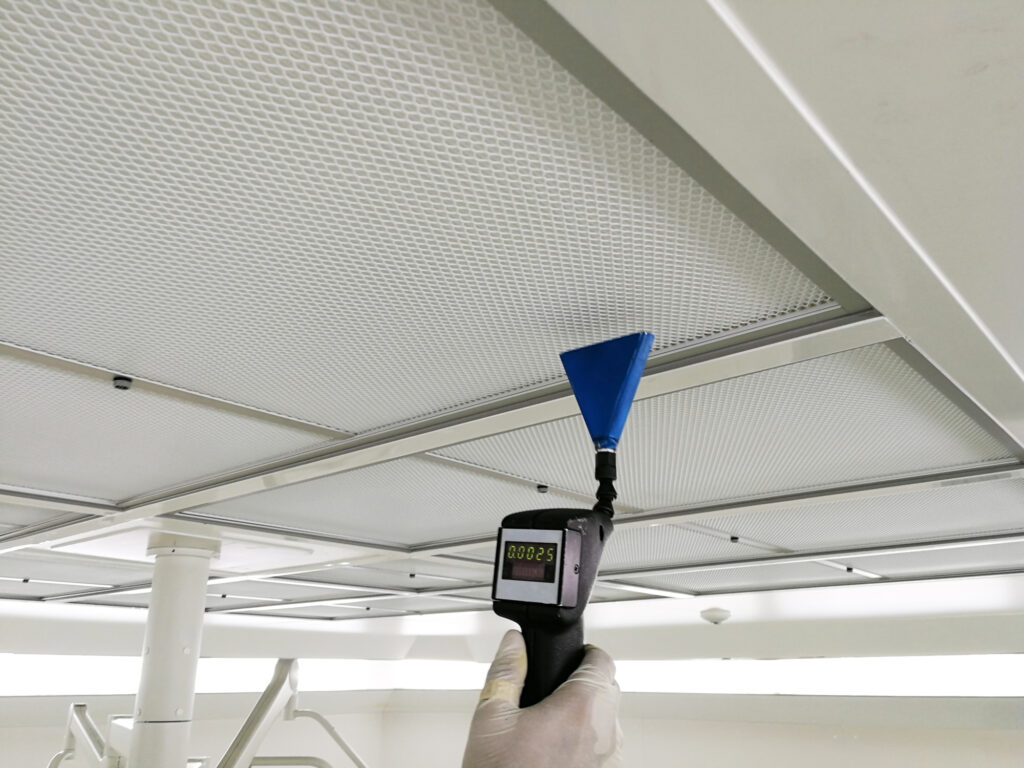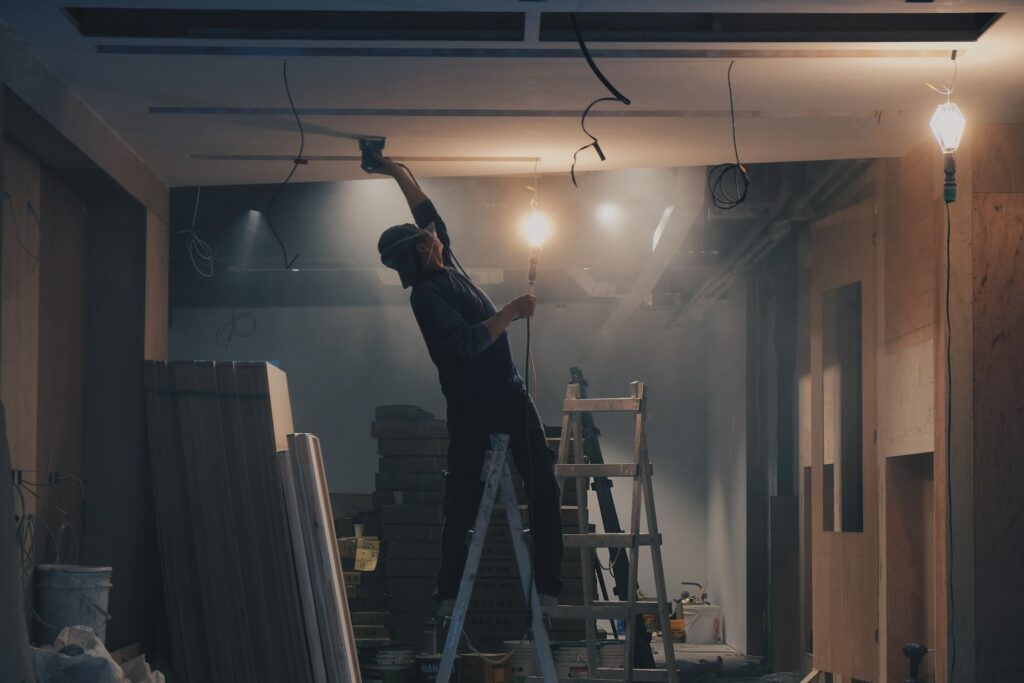Indoor air quality impacts our health and well-being. We spend most of our time indoors. Whether at home, in the office or in other enclosed spaces. Unfortunately, this air can be up to five times more polluted than outside. It can have adverse consequences. Breathing it in can affect our respiratory health, comfort, and productivity. Therefore, it is essential to take steps to purify indoor air. It is vital to make it healthier to breathe. Discover the different sources of pollution. Also find common purification techniques.
Sources of indoor air pollution
Indoor air can contain pollutants that are dangerous to our health. It contains volatile organic compounds (VOCs) emitted by various sources. These include paints, cleaning products and furniture. These substances can cause respiratory irritation, headaches and even long-term neurological problems. We should also mention fine particles. These can come from tobacco smoke, wood stoves or outdoor pollution. Particles can then penetrate deep into our lungs and cause respiratory problems. Not to mention mold. Present in humid and poorly ventilated places, they can trigger allergies and respiratory infections.
Smoking is also one of the main sources of pollution. Smoking releases thousands of toxic substances into the air. Household products, such as chemical cleaners and air fresheners, can emit harmful VOCs. Even building materials and furniture can release harmful chemicals, including formaldehyde.
Indoor air purification methods
Ventilation
Natural ventilation consists of opening windows and doors so that outside air circulates inside. This can help evacuate pollutants and renew indoor air. It is recommended to ventilate the rooms regularly, especially after activities likely to produce pollutants, such as cooking or cleaning.
Mechanical ventilation, on the other hand, uses specific systems. These can be fans and ventilation systems. They make it possible to extract stale air and introduce freshness in a controlled manner. These systems can be installed in buildings to ensure constant air renewal and reduce pollutant concentrations.
Air purifiers
Models equipped with mechanical filters can capture fine particles, allergens and pollutants from the air. These filters can be of different types, such as HEPA (High-Efficiency Particulate Air) filters, which are very effective in removing small particles.
There are also air purifiers that use ionization and emit negative ions. The latter bind to the pollutants, making them heavier and thus facilitating their filtration or elimination. This method can also eliminate unpleasant odors indoors.
Finally, photocatalytic purification uses catalysts, such as titanium dioxide, activated by light to break down organic pollutants in the air. This technology can be used to remove VOCs and odors.
The use of indoor plants
Indoor plants can help purify the air by absorbing certain pollutants and releasing oxygen. They can also help maintain relative humidity and reduce CO2 levels in enclosed spaces, which promotes a healthier environment.
Some plants are particularly effective at removing common indoor air pollutants. Among these are aloe, ficus, date palm, ivy, dracaena, spider plant and bamboo. These plants are not only decorative, but also play an important role in purifying the interior.
How to improve indoor air quality?
Limit the introduction of pollutants
To maintain healthy indoor air, it is essential to limit the introduction of pollutants. For example, smoking is a major source of indoor air pollution. By smoking indoors, smokers release thousands of toxic substances. These can be inhaled by the occupants. It is therefore strongly advised to create non-smoking areas inside and to encourage smokers to smoke outside.
Similarly, many household products contain chemical ingredients that can be harmful to indoor air quality. It is best to opt for green cleaning products that are certified non-toxic and environmentally friendly. Natural products such as white vinegar, baking soda and lemon can also be used as safe and effective alternatives.
Regularly maintain ventilation systems
Ventilation systems, whether natural or mechanical, must be maintained regularly to ensure proper operation and efficient air circulation. This includes regularly cleaning and replacing filters, as well as inspecting ventilation ducts for any clogs or mold. Proper maintenance guarantees good air quality and prevents the accumulation of pollutants in the indoor environment.
Maintain adequate humidity
A balanced humidity level is important for health and indoor air quality. Too dry, the latter can cause irritation of the respiratory tract. Too humid, it promotes the growth of mold. It is recommended to maintain a humidity level between 30% and 50%.
Air the rooms regularly
Regular airing of rooms is essential to renew indoor air and eliminate accumulated pollutants. Opening windows for a few minutes each day allows fresh air in and stale air out. It is recommended to ventilate mainly in the morning or in the evening when the pollution is less dense outside.
Conclusion
It is essential that everyone takes action to improve the indoor air quality in our living spaces. By adopting wholesome practices and using proper purification methods, we can create healthier and safer indoor environments for ourselves and our loved ones.







About The Author: Cedric Pharand
More posts by cedric Pharand